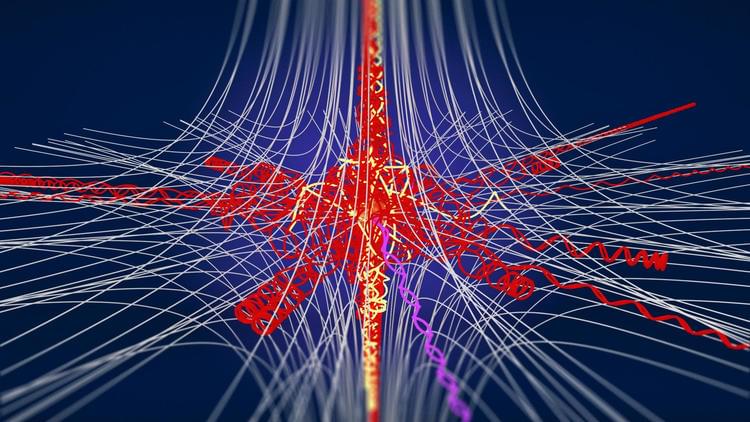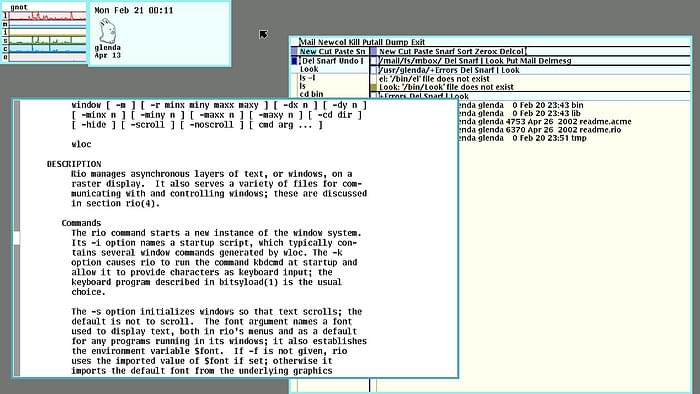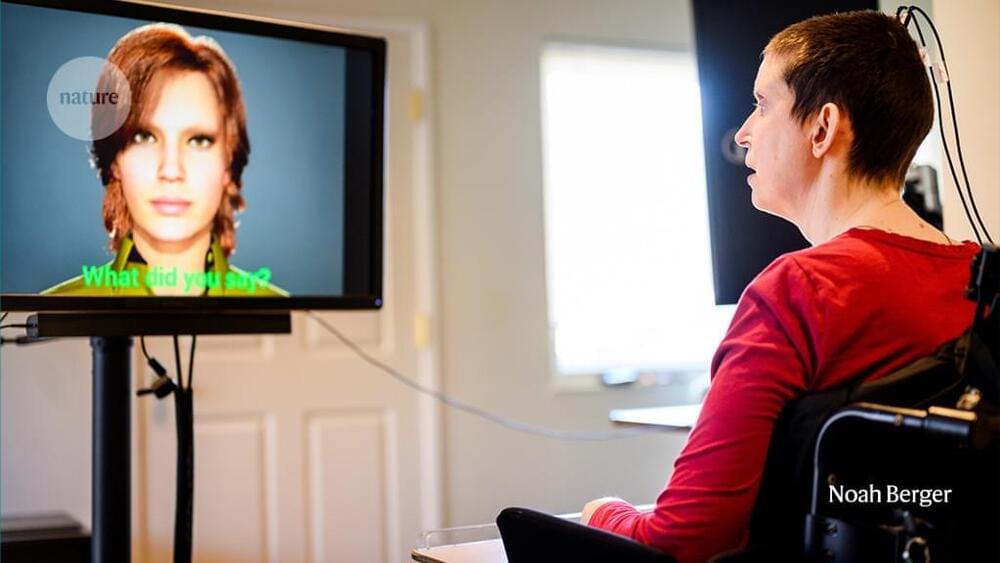The European Space Agency is slated to launch a satellite in 2030 that’s meant to probe the nature of dark matter.
A journey of a billion miles and back begins with a launch.
OSIRIS-REx’s goal: Travel to asteroid Bennu, collect a sample, and return it home. But why Bennu? Meet the NASA Explorers looking for clues to our early solar system in a sample of asteroid rock.
It’s not rockets and satellites that make NASA soar. It’s people. Go inside the space agency and follow the pioneers, risk-takers and experts at the frontline of exploration. This season, follow along with the OSIRIS-REx team, as they launch a spacecraft to an asteroid, collect a sample of Bennu, and bring it home to Earth.
Watch this series and more on NASA+, our no cost, ad-free streaming service. No subscription required. https://plus.nasa.gov.
Cutting 1 teaspoon of salt from your diet each day can lower your top blood pressure reading just as much as a typical hypertension medication, even if you don’t have high blood pressure, a new study found.
A teaspoon of salt is 2,300 milligrams — that’s the top daily limit for people over 14 recommended by the latest U.S. nutritional guidelines. However, the American Heart Association recommends a diet with less than 1,500 milligrams of sodium a day.
Swooping magnetic fields that confine plasma in doughnut-shaped fusion facilities known as tokamaks could help improve the efficiency of complex machines that produce microchips. This innovation could lead to more powerful computers and smart phones, near-essential devices that make modern society possible.
Engineers use high-energy light emitted by plasma, the electrically charged fourth state of matter, to create small structures on the surfaces of silicon wafers during their transformation into microchips. These tiny components enable a range of devices, including consumer electronics, video games, medical machinery, and telecommunications. Improving the generation of this light could extend the life of vital parts within the machines and make the manufacture of microchips more efficient.
“These findings could change the microchip industry,” said Ben Israeli, lead author of the paper publishing the results in Applied Physics Letters. Israeli is a graduate student in the Princeton Program in Plasma Physics, based at the U.S. Department of Energy’s (DOE) Princeton Plasma Physics Laboratory (PPPL), which is managed by Princeton University.
The quest to understand our physical universe may depend on investigating our own mind.
By Amy Brady
An hypothesized term to fix a small mathematical inconsistency predicted electromagnetic waves, and that they had all the properties of light that were observed before and after him in the Nineteenth Century. Unwittingly, he also pointed science inexorably in the direction of the special theory of relativity
My last two articles, two slightly different takes on “recipes” for understanding Electromagnetism, show how Maxwell’s equations can be understood as arising from the highly special relationships between the electric and magnetic components within the Faraday tensor that is “enforced” by the assumption that the Gauss flux laws, equivalent to Coulomb’s inverse square force law, must be Lorentz covariant (consistent with Special Relativity).
From the standpoint of Special Relativity, there is obviously something very special going on behind these laws, which are clearly not from the outset Lorentz covariant. What i mean is that, as vector laws in three dimensional space, there is no way you can find a general vector field that fulfills them and deduce that it is Lorentz covariant — it simply won’t be so in general. There has to be something else further specializing that field’s relationship with the world to ensure such an in-general-decidedly-NOT-Lorentz covariant equation is, indeed covariant.
A color wheel (CW) is one of the most essential devices for contemporary projection displays because it provides the color initialization definition and determines the color performance of the whole system. However, conventional color wheels remain limited in terms of color performance and efficiency because of the light-absorbing material and time sequential color generation. Quantum dots, found in 1981 and known as a kind of quasi-zero-dimensional nanomaterial, exhibit excellent features for displays due to their quantum confinement effect, which won the 2023 Nobel Prize in Chemistry. Inspired by this, the paper systematically demonstrates a quantum-dot color wheel (QD-CW) device through theoretical derivation, simulation analysis, and experimental verification. The theoretical model to define the duty circle ratio is presented for the QD-CW and verified by Monte Carlo ray-tracing simulation. In terms of experimental verification, the QD-CW device is realized by multiple rounds of a photolithography process, and then assembled into a blue laser pumped projection prototype for full-color display. The chromaticity coordinates of white-balanced output are finally located at (0.317,0.338), which matches well with a standard D65 source. The color gamut area of the QD-CW device reaches 116.6% NTSC, and the average light conversion efficiency (LCE) of the prepared QD-CW is 57.0%. The proposed QD-CW device has ∼40% higher color gamut area and 1.2× higher LCE than a conventional CW device. These exciting findings show a groundbreaking approach to color generation in projection displays, which are expected to shed light on other high-quality display applications.
As implanted devices and commercial headsets advance, what will the real-world impacts be?
The onslaught of press, research and perceived urgency has done little to prepare business and information technology leaders to deploy artificial intelligence-powered technologies.
That’s according to the first Cisco AI Readiness Index, issued Tuesday. The company used a double-blind survey of over 8,000 business and IT leaders worldwide.
The findings are alarming. Although 97% of the organizations say that the urgency around deploying AI tech has risen in the last six months, only 14% feel they’re prepared to deploy and utilize it.









